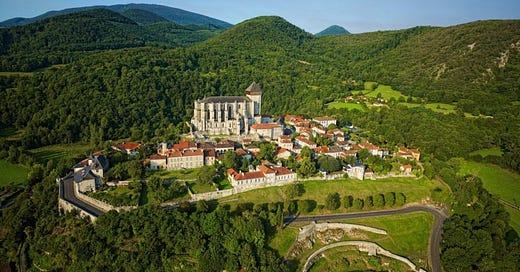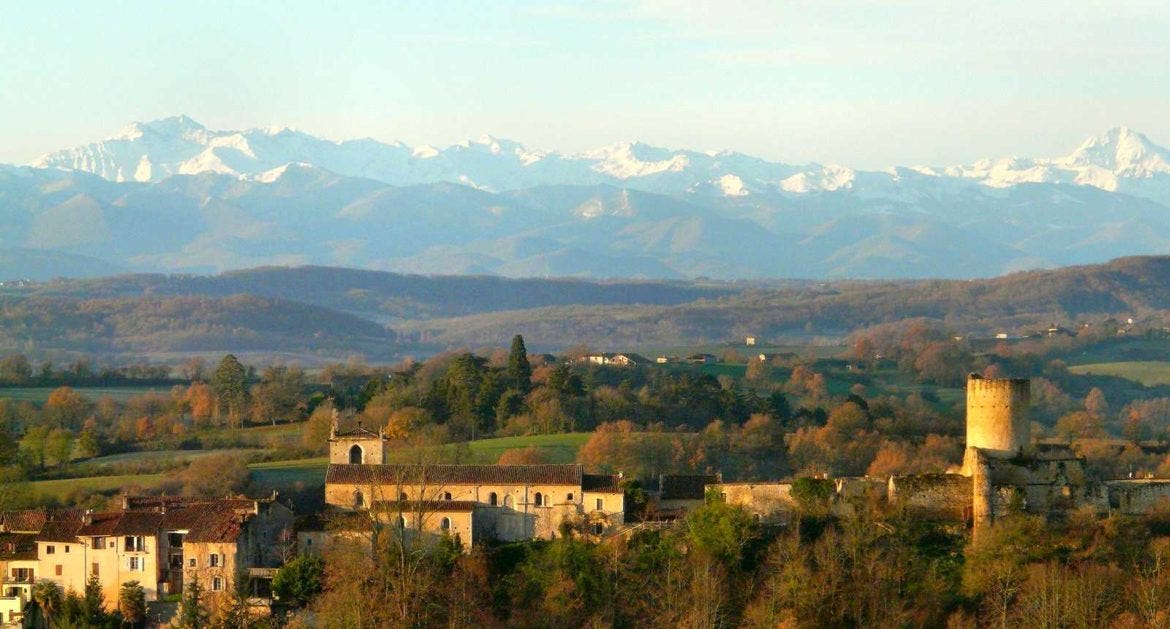Tourism is a serious business in France. So this week, the Tourism Office of the Haute-Garonne Department held its annual press conference to explain its strategy for marketing its corner of France and attracting those economically important tourists.
In a Department that stretches from the cosmopolitan city of Toulouse to the upper reaches of the Pyréné…
Keep reading with a 7-day free trial
Subscribe to French Crossroads to keep reading this post and get 7 days of free access to the full post archives.




